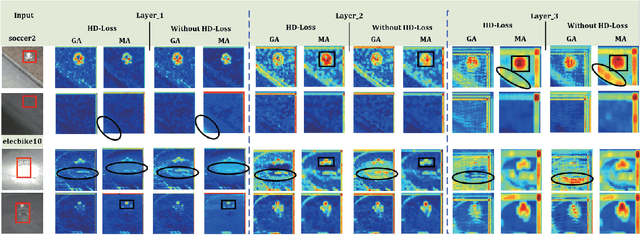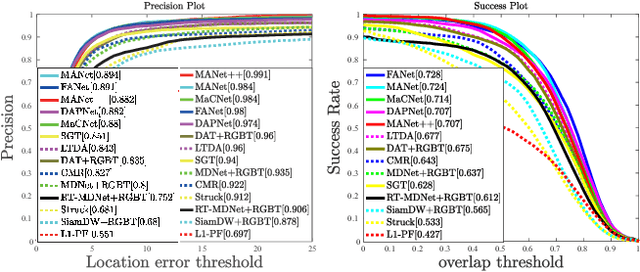RGBT Tracking via Multi-Adapter Network with Hierarchical Divergence Loss
Paper and Code
Nov 14, 2020



RGBT tracking has attracted increasing attention since RGB and thermal infrared data have strong complementary advantages, which could make trackers all-day and all-weather work. However, how to effectively represent RGBT data for visual tracking remains unstudied well. Existing works usually focus on extracting modality-shared or modality-specific information, but the potentials of these two cues are not well explored and exploited in RGBT tracking. In this paper, we propose a novel multi-adapter network to jointly perform modality-shared, modality-specific and instance-aware target representation learning for RGBT tracking. To this end, we design three kinds of adapters within an end-to-end deep learning framework. In specific, we use the modified VGG-M as the generality adapter to extract the modality-shared target representations.To extract the modality-specific features while reducing the computational complexity, we design a modality adapter, which adds a small block to the generality adapter in each layer and each modality in a parallel manner. Such a design could learn multilevel modality-specific representations with a modest number of parameters as the vast majority of parameters are shared with the generality adapter. We also design instance adapter to capture the appearance properties and temporal variations of a certain target. Moreover, to enhance the shared and specific features, we employ the loss of multiple kernel maximum mean discrepancy to measure the distribution divergence of different modal features and integrate it into each layer for more robust representation learning. Extensive experiments on two RGBT tracking benchmark datasets demonstrate the outstanding performance of the proposed tracker against the state-of-the-art methods.
 Add to Chrome
Add to Chrome Add to Firefox
Add to Firefox Add to Edge
Add to Edge